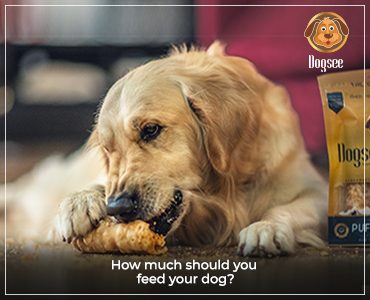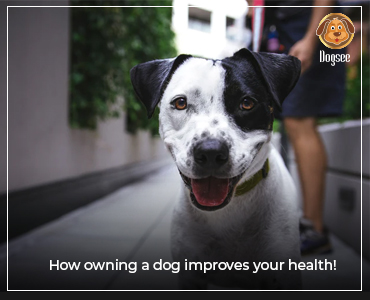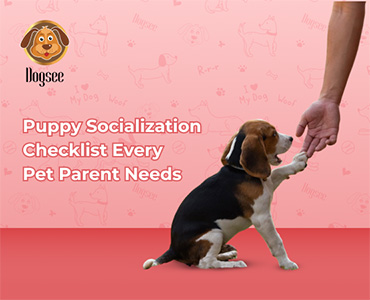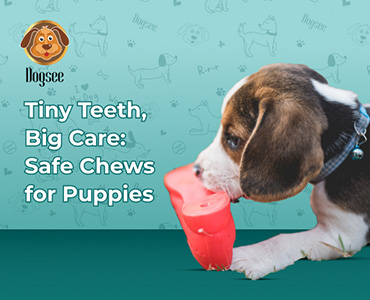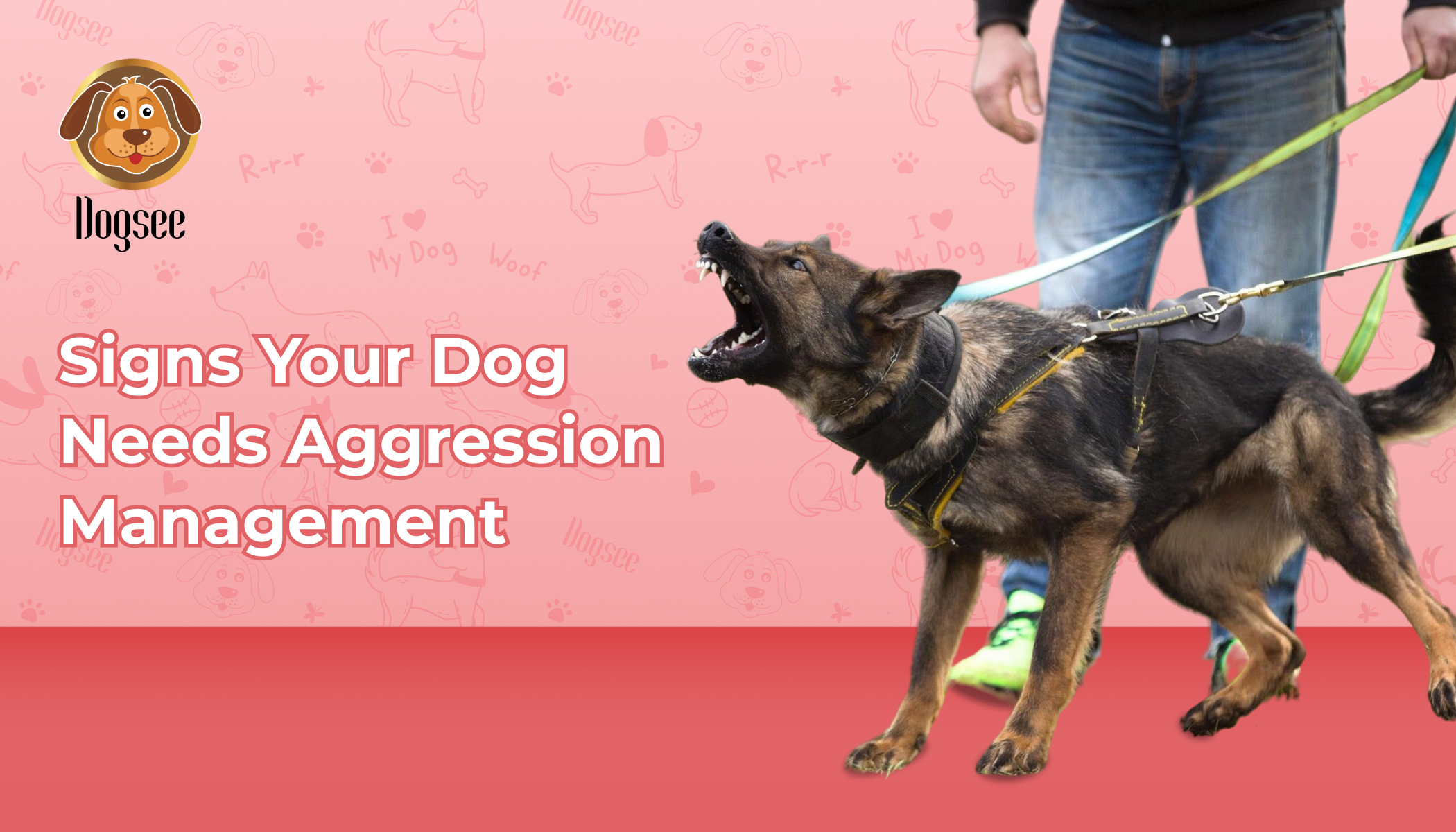
Aggression in dogs is often feared by pet parents. The idea that our cute doggos can be anything other than friendly companions is frightening. However, it's important to note that dog aggression is an innate response to various situations and reasons. Sometimes, what appears as aggression is a form of canine communication that humans may not understand or may misinterpret.
Causes of Aggression in Dogs
Most of the time, aggression in dogs is caused by inadequate social interaction. Dogs that don’t receive proper training or socialization as puppies often fail to display appropriate behaviour in unfamiliar situations, or around new people or other dogs. While most dog behaviour problems begin in puppyhood, they can manifest at any age. Genetic factors can also predispose certain breeds to aggression. Early experiences like traumatic events and lack of attention can also lead to dog aggression.
Signs of Dog Aggression
Recognizing the signs of dog aggression is important to prevent injuries to people and other dogs, and to effectively manage your dog’s behaviour.
1. Unusual Growling or Snapping
Growling is a normal way for dogs to express discomfort. However, repeated growling, showing teeth, or snapping in everyday situations, like when being petted or approached, can indicate deeper issues. If your dog reacts this way during routine interactions or with familiar people, it’s time to take note.
2. Resource Guarding
If your dog growls or stiffens when someone approaches their toy, food bowl, or favorite spot, it could be a sign of possessive aggression known as resource guarding. Left unaddressed, this can lead to dangerous situations.
3. Rigid Body Language
An erect tail, intense stare, stiff body, or pinned-back ears indicate that a dog is ready to react or is on high alert. These subtle cues often appear before more obvious aggressive behaviour and are early signs that the dog is uncomfortable.
4. Biting
Whether it’s a warning nip or a full bite, this is a serious sign of dog aggression. Even a minor bite is a dog’s way of expressing that they feel threatened or overwhelmed. Any biting incident should be evaluated for underlying behavioral issues.
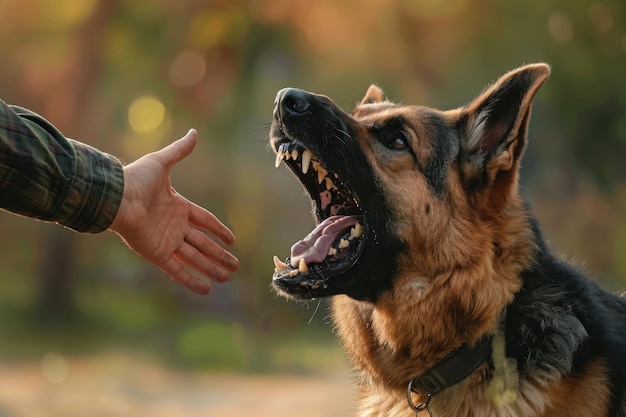
5. Over Protectiveness
Some dogs become overly territorial when anyone approaches their pet parents. While it’s natural for dogs to be protective, excessive behaviour may suggest dominance-related or fear-based aggression in dogs.
6. Increased reactivity during walks
If your dog barks, pulls, or lunges at people or other pets during walks, it’s a sign they feel threatened or overstimulated. Leash reactivity often stems from anxiety, pent-up energy, or lack of socialization and may require professional guidance.
7. Fear-based responses
Hiding, growling, or cowering when exposed to loud noises or new environments can point to fear-based dog aggression. These dogs may react or bite in self-defense when they feel scared or cornered.
Tips for Dog Aggression Management
Dog aggression is a behavior, not a personality trait. Providing a safe environment, building trust through daily training, and introducing new experiences can help with dog anger management.
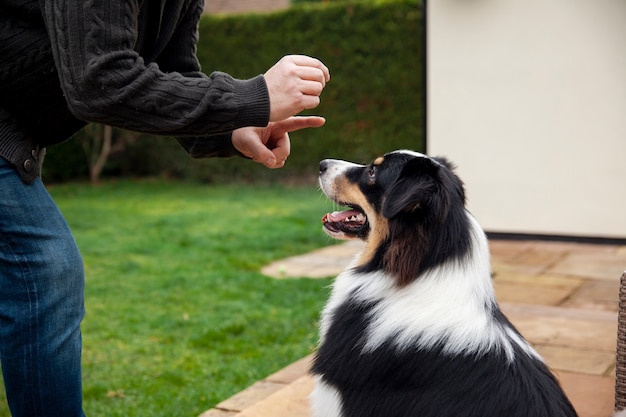
1. Identify the trigger
The first step is to observe when and where your dog shows aggressive behavior. Is it around strangers or during mealtimes? Identifying the trigger helps you plan the right solution.
2. Always stay calm and in control
Yelling or punishing your dog for showing aggression can increase their fear or stress. Stay calm and create space between your dog and the trigger.
3. Avoid known triggers until ready
If your dog shows aggression in specific situations, like crowded parks or around unfamiliar people, avoid those triggers temporarily. After working with a trainer and desensitizing the trigger, you can reintroduce these situations gradually.
4. Use positive reinforcement
Reward calm, non-aggressive behavior with a pat, cuddles, Dogsee’s single-ingredient treats, or playtime. This teaches your dog that good behavior gets rewarded.
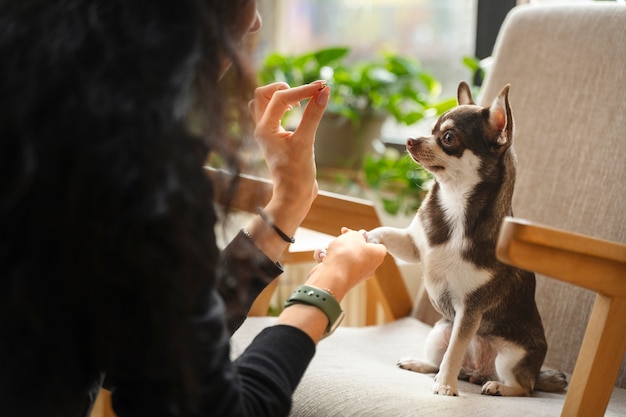
5. Practice desensitization
Gradually expose your dog to their trigger in a controlled setting, pairing the experience with positive reinforcement. For example, if your dog reacts to strangers, let them observe people from a distance while enjoying a treat. Over time, this changes their response to the trigger.
6. Work with a professional
For persistent or serious dog aggression, consult a professional. A certified dog trainer can create a behavior modification plan and guide you through it.
Additional tips to keep in mind:
Pain or health problems can also cause or worsen aggression in dogs, so visit a vet to rule out any underlying medical conditions.
Track the progress of your dog’s aggression management. Note your dog’s triggers, reactions, and improvements over time.
Unchecked aggression in dogs can lead to serious consequences, including injury to people and other animals. Addressing the issue promptly helps prevent harm and ensures a peaceful, fulfilling life for dogs.
Remember, aggression doesn't make a dog bad. It’s a sign they are scared, stressed, or unsure how to handle certain situations. With patience, empathy, and consistency, your dog can learn safer ways to express their feelings and feel secure.
Frequently Asked Questions (FAQs):
1. How can I tell the difference between normal barking and aggressive barking?
Answer: Aggressive barking sounds more forceful and deeper than normal barking. It may also be accompanied by growling, snarling, or a stiff body posture.
2. Can spaying or neutering help with dog aggression?
Answer: Spaying or neutering can help manage certain types of aggression related to hormonal imbalances. However, it’s not a guaranteed solution. Consult your veterinarian to see if it’s appropriate for your dog.
3. What are the early signs of aggression in dogs?
Answer: Early signs of aggression in dogs include avoiding eye contact, lip licking, and excessive yawning. A dog might also flatten their ears, tuck their tail, or stiffen their body.
4. How can I identify the specific triggers for my dog’s aggression?
Answer: Carefully observe and track your dog’s behaviour to identify triggers. Keeping a journal can help. Note situations that provoke aggressive behaviour, such as specific objects, people, or environments.
5. What are some ways to manage dog aggression apart from seeking professional help?
Answer: Besides professional guidance, you can support dog aggression management by identifying and avoiding triggers, using positive reinforcement training, and creating a safe environment to reduce stress and anxiety. HELPFUL0 people found it helpful
HELPFUL0 people found it helpful
Related Blogs
Subscribe to Our Blogs
and never miss on the latest update!











